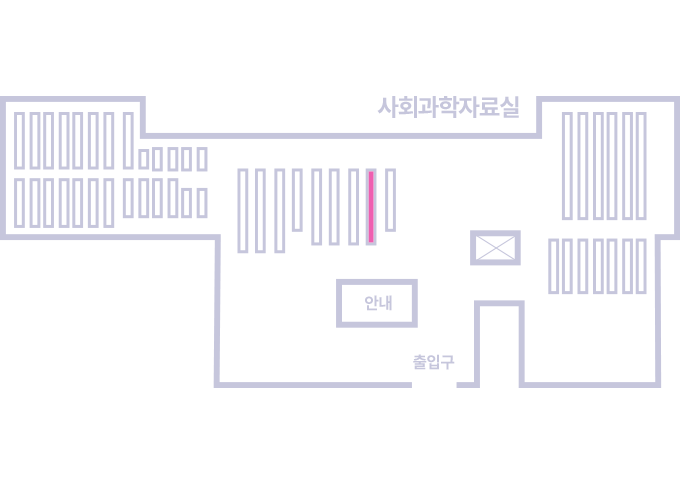권호기사보기
| 기사명 | 저자명 | 페이지 | 원문 | 기사목차 |
|---|
| 대표형(전거형, Authority) | 생물정보 | 이형(異形, Variant) | 소속 | 직위 | 직업 | 활동분야 | 주기 | 서지 | |
|---|---|---|---|---|---|---|---|---|---|
| 연구/단체명을 입력해주세요. | |||||||||
|
|
|
|
|
|
* 주제를 선택하시면 검색 상세로 이동합니다.
Title Page
Contents
ABSTRACT ENGLISH 8
Ⅰ. INTRODUCTION 10
Ⅱ. MATERIAL AND METHODS 14
1. Ethics statement and experiment animal care 14
2. Primary Neuron culture 14
3. HTS of FDA-approved drug library for PDE inhibition 15
4. PKA colorimetric activity assay 15
5. Detection of changes in lysosomal pH 16
6. TBI-In vitro model (scratch assay) 16
7. Cell viability analysis 16
8. Cyclic AMP (cAMP) analysis 17
9. TBI Surgery for Controlled Cortical Impact (CCI) Model 17
10. Amlexanox administration 18
11. Brain sample preparation 18
12. Evaluation of neuronal death 19
13. Immunostaining analysis 19
14. Immunohistochemistry 20
15. Western blot analysis 21
16. Behavior testing 22
16.1. Modified Neurological severity score (mNSS) 22
16.2. Morris water maze test (MWM) 22
17. Statistical analysis 23
Ⅲ. RESULTS 24
1. Amlexanox has PDE-inhibiting capacity and relieves lysosomal dysfunction via increasing cAMP levels 24
2. Amlexanox increases cell viability and alleviates lysosomal dysfunction by increasing cAMP levels after mechanical scratch injury 25
3. Amlexanox relieves neuronal degeneration via increasing cAMP levels and regulating intracellular activity 27
4. Amlexanox ameliorates TBI-induced neurological impairment, cognitive deficits and delayed neuronal loss. 28
Ⅳ. DISCUSSION 30
REFERENCES 47
ABSTRACT KOREAN 55
Figure 1. (A) Illustrates the half-maximal inhibitory concentration (IC50) of amlexanox (AMX) for various PDE isoforms. (B) Displays cAMP levels (pmol/ml)... 33
Figure 2. (A) Experimental timeline: Amlexanox was applied immediately post-scratch assay. cAMP levels were measured at 6 hours, and cell viability at 24... 35
Figure 3. (A) Experimental timeline: Amlexanox was administered immediately post-TBI, with rats sacrificed at either 3 or 24 hours. (B) Bar graph showing... 37
Figure 4. (A) Experimental design involved daily intraperitoneal Amlexanox administration for 14 days, with rats sacrificed two weeks post-TBI. (B) The... 39
Figure 5. The schematic of amlexanox's mechanism on TBI-induced neuronal death includes: (A) TBI-induced neuronal damage cascade: This outlines the... 41
Supplementary Figure 1. (A) Displays fluorescence photomicrographs of astrocytes stained with FluoZin-3 (green) and Lysotracker DND-99 (red). This... 42
Supplementary Figure 2. (A) Immunofluorescence images displaying co-staining of NeuN (green) and PDE4 (red) in primary hippocampal neurons, 24 hours post-... 43
Supplementary Figure 3. (A) Immunofluorescence images of the hippocampus (CA1, CA3, GCL, hilus) show p38 MAPK phosphorylation (p-p38, green) 24 hours... 44
Supplementary Figure 4. (A, C) Representative images display immunoglobulin G (IgG) staining in the ipsilateral hippocampus, illustrating IgG leakage at 24 hours... 46
*표시는 필수 입력사항입니다.
| 전화번호 |
|---|
| 기사명 | 저자명 | 페이지 | 원문 | 기사목차 |
|---|
| 번호 | 발행일자 | 권호명 | 제본정보 | 자료실 | 원문 | 신청 페이지 |
|---|
도서위치안내: / 서가번호:

우편복사 목록담기를 완료하였습니다.
*표시는 필수 입력사항입니다.
저장 되었습니다.